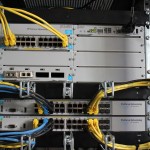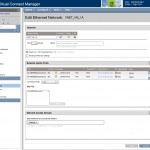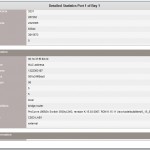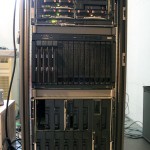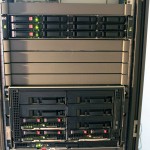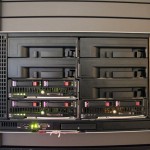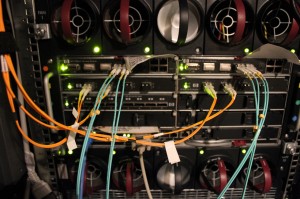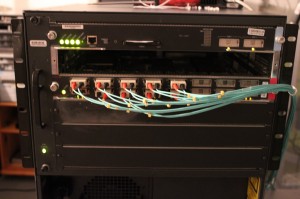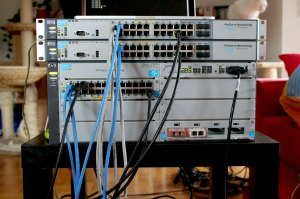Wooow… lot’s of changes ! Today I downloaded the brand new Oracle Solaris 11 operating system and started to install it into a VirtualBox virtual machine. Automatic network configuration is a very nice feature, but I’m a „Old-School“ guy and I prefer the manual configuration. 😉 So I tried to setup a valid network configuration for IPv4 and IPv6. I’m running several months a dual-stack configuration at home and I’m very impressed of IPv6. That’s why a proper IPv6 configuration is very important for me, because I access all my systems over IPv6 if it’s available.
Okay, no guarantee for all following steps. But my Solaris 11 installation seems to run well with this configuration. If I did some errors, please comment. Solaris 11 has lot’s of changes!
Disable automatic network configuration:
# netadm enable -p ncp DefaultFixed
Configure a static IPv4 address and default route:
# ipadm create-ip net0
# ipadm create-addr -T static -a 10.0.2.18/24 net0/v4static
# route -p add default 192.168.100.1
Setup name services and a valid domain name:
# svccfg
svc:> select name-service/switch
svc:/system/name-service/switch> setprop config/host = astring: "files dns"
svc:/system/name-service/switch> setprop config/ipnodes = astring: "files dns"
svc:/system/name-service/switch> select name-service/switch:default
svc:/system/name-service/switch:default> refresh
svc:/system/name-service/switch:default> validate
# svccfg
svc:> select nis/domain
svc:/network/nis/domain> setprop config/domainname = "itdg.nbg"
svc:/network/nis/domain> select nis/domain:default
svc:/network/nis/domain:default> refresh
svc:/network/nis/domain:default> validate
# svccfg
svc:> select dns/client
svc:/network/dns/client> setprop config/nameserver=net_address: ( 2001:4dd0:fd4e:ff01::1 2001:4dd0:fd4e:ff02::1 )
svc:/network/dns/client> select dns/client:default
svc:/network/dns/client:default> refresh
svc:/network/dns/client:default> validate
svc:/network/dns/client:default> exit
# svcadm enable dns/client
Please note, that I configured IPv6 name server addresses! This is only possible if your DNS server has a valid IPv6 configuration.
Let’s add the important IPv6 part:
# ipadm create-addr -T addrconf net0/v6
# ipadm create-addr -T static -a 2001:4dd0:fd4e:d00f::a007 net0/v6add
The first line is needed because I don’t want to configure an IPv6 default route! This is done with my Router Advertisement daemon and Link-Local addresses.
That’s it ! My Solaris 11 installation is available thru IPv4 and IPv6. 🙂

